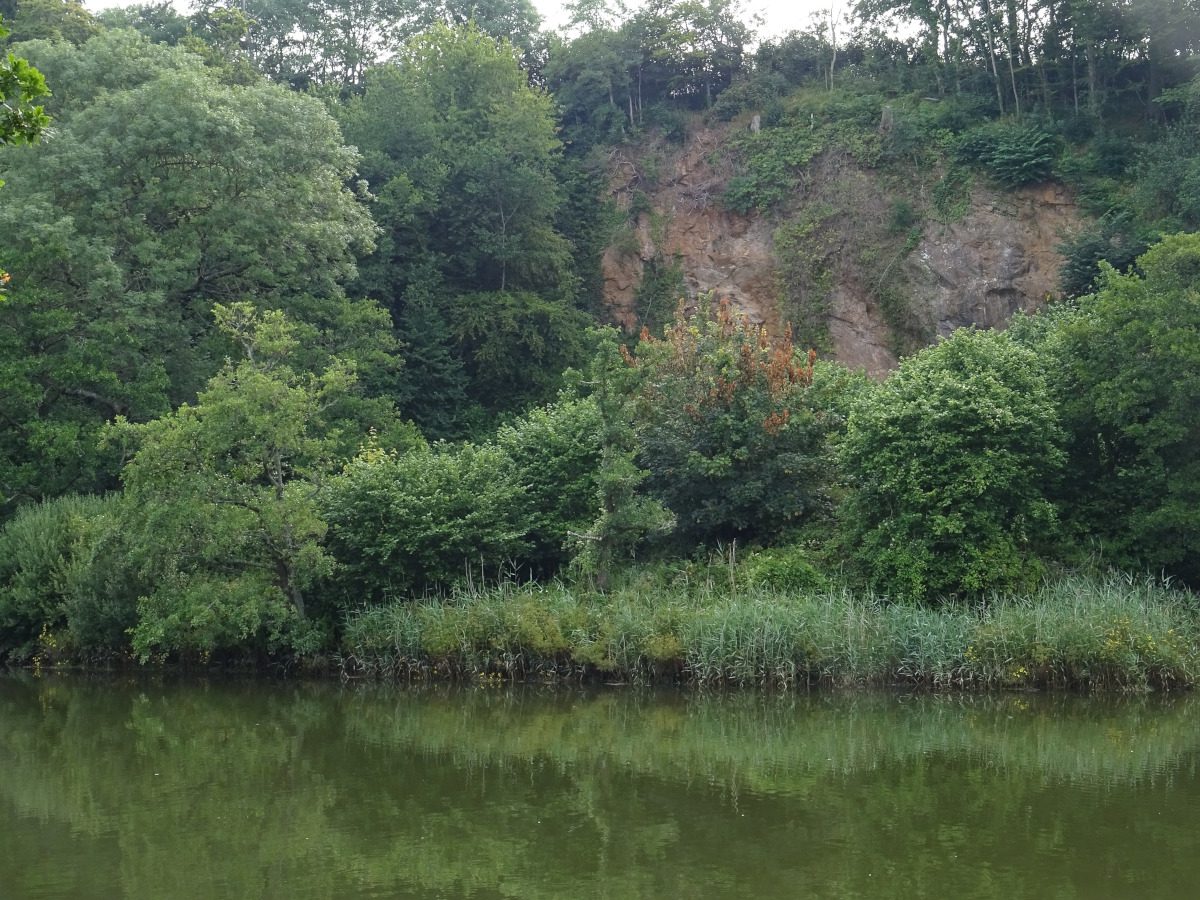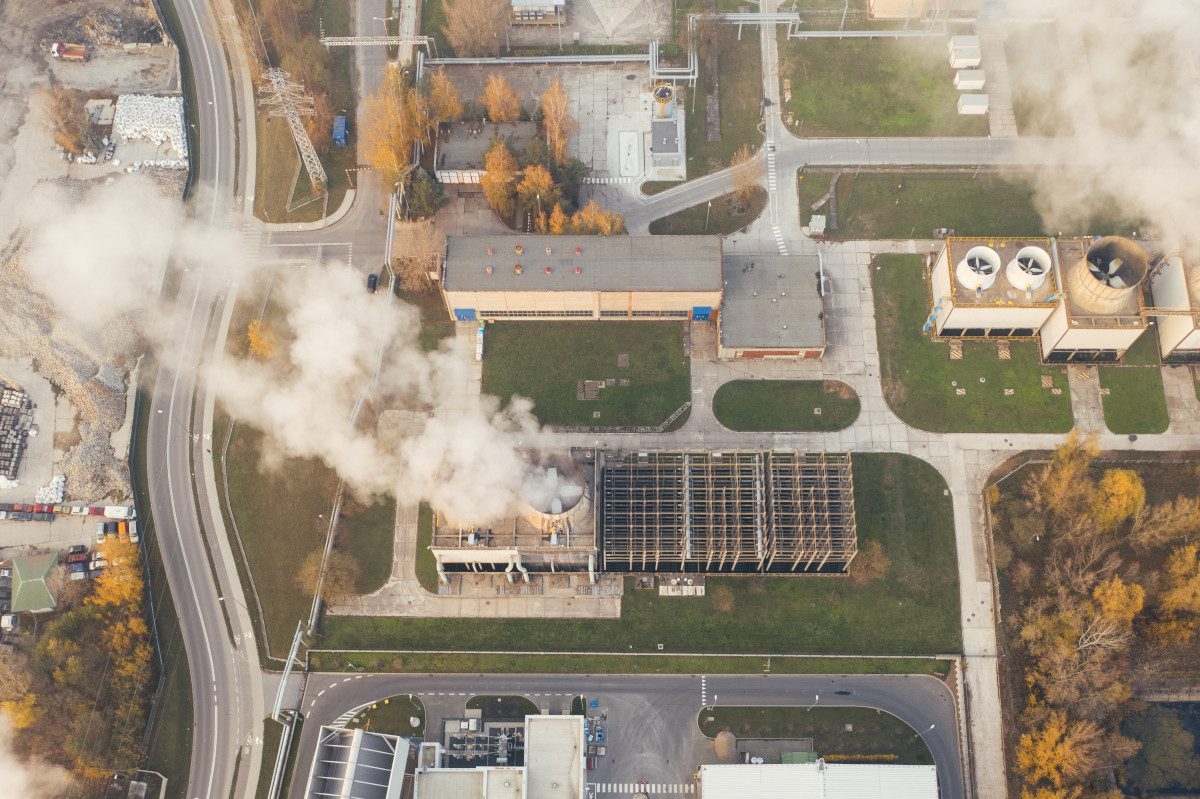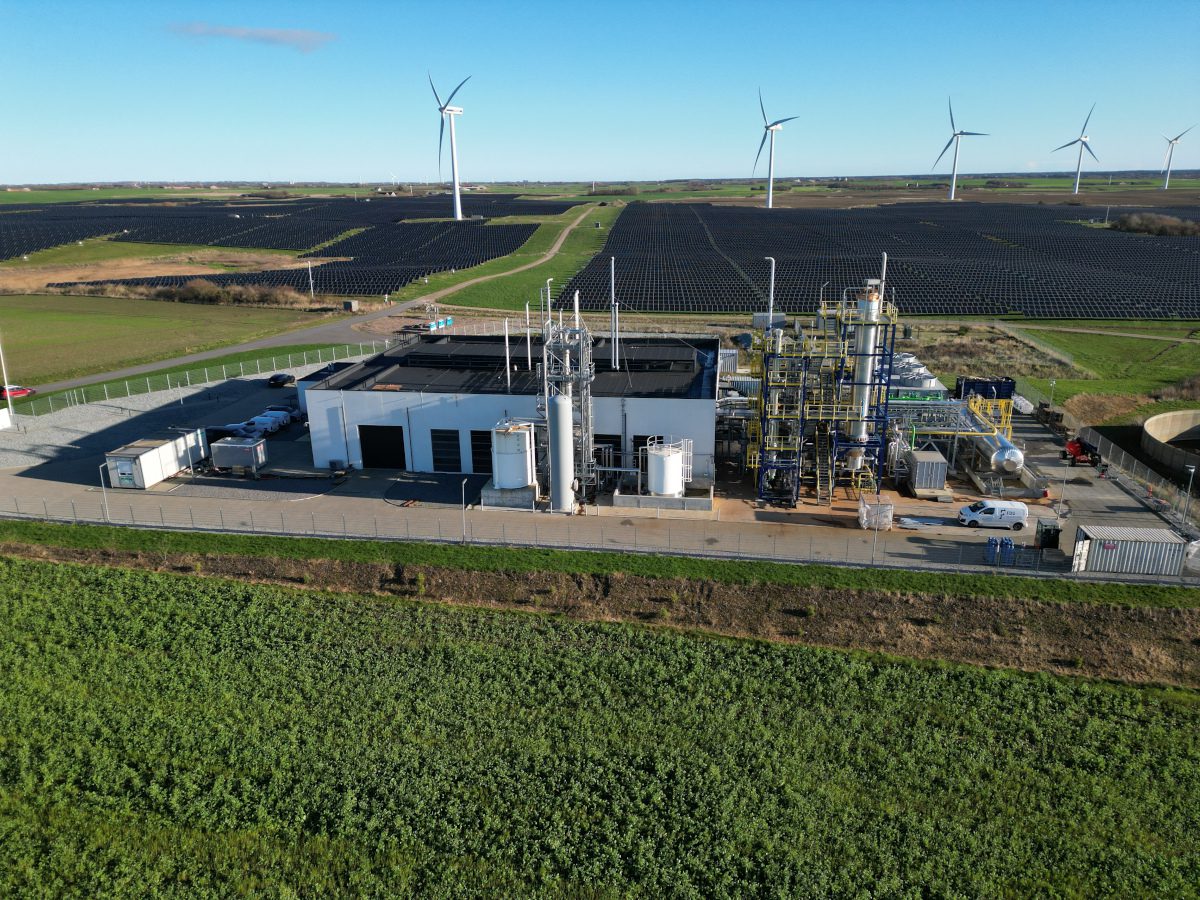Even small community solar projects can be used as a tool to make energy more affordable for less affluent households, as a project in Michigan’s Upper Peninsula shows.
The solar array near the village of L’Anse has 340 panels and a generating capacity of about 110 kilowatts. It produces power for about 50 households or organizations that signed up as subscribers.
The results, laid out in a recent paper in the journal Energy Research & Social Science, demonstrate how this project—small by just about any standard—has succeeded in meeting its financial and social goals.
We’re hiring!
Please take a look at the new openings in our newsroom.
See jobs
Karl Hoesch, the lead author and a doctoral student at the University of Michigan, argues that the set-up in L’Anse can serve as a case study for how to develop community solar in an equitable way when funding for these kinds of projects has skyrocketed thanks to the Inflation Reduction Act.
There is no agreed-upon definition of community solar. At its simplest, the term can refer to any project that uses photovoltaic panels to produce electricity for multiple customers or subscribers.
But many people, including Hoesch, choose to emphasize the “community” part.
“In its ideal form, community solar can be a mechanism for advancing energy justice,” he said in the paper, written with co-authors Doug Bessette of Michigan State University and Dominic Bednar of the University of California, Irvine.
He views the L’Anse project as a good example of community solar in its ideal form.
L’Anse, with a population of about 1,900, is located on Lake Superior’s Keweenaw Bay. The village includes a portion of the Keweenaw Bay Indian Community.
“I think it’s a pretty special place,” said Bob La Fave, the village manager. “You’re probably not more than five minutes from real wilderness if you want to head out to the woods.”
The closest metro area is Green Bay, Wisconsin, about 180 miles south.
The L’Anse village government, which owns the electricity utility that serves the community, brought together universities, government offices and nonprofits to look at how a solar project could help to meet local needs. The planning started in 2017, about two years before construction.

One of the initial concerns was whether there would be enough subscribers to make the project financially viable.
Hoesch found that a key to viability was a $140,000 grant from the Michigan Department of Environment, Great Lakes, and Energy that was used to pay for the subscriptions of 25 low-to-moderate income households.
Another 25 subscribers are households with higher incomes or non-residential properties, including a church.
The total budget included $37,000 of feasibility studies paid for by grants and $237,500 for construction paid for by grants and a zero-interest loan.
Researchers interviewed the recipients of the subsidized subscriptions before the project was completed in 2019, and then after it had been online for about a year.
These people reported that their electricity bills had decreased by about $300 per year, which they said reduced their financial stress. The utility saw a reduction in the number of late payments it received from those households.
Hoesch said the project was a success because the process encouraged the whole community to get involved, and because of the financial benefits.
It succeeded despite some big obstacles. Among them: Michigan is not one of the 20 or so states that have state-level community solar programs that encourage development; without a state program to guide project development, the village had to set up its own process and cobble together the funding. Also, the Upper Peninsula gets significantly less sunlight than most of the rest of the country
Hoesch views L’Anse’s process and results as replicable, and he hopes it serves as an example for other small towns.
Cities and towns that want community solar will have a much easier time paying for it thanks to funding in the Inflation Reduction Act for programs such as Solar for All, which directs billions of dollars to state and regional governments and nonprofits for solar development.
“There are definitely more tools in the toolkit today than there were then,” La Fave said, comparing the funding available today to what was there when the village planned its project.
He is demonstrating a gift for understatement. In 2019, community solar barely existed outside of a few pioneering state programs, such as in Minnesota. Now, there are programs in many more states and thousands of completed projects, and the funding is about to hit the stratosphere thanks to the IRA.
But this growth has included a lot of projects that consumer advocates and analysts say are doing little to help their communities. Many were developed by large, investor-owned utilities without much of a process for assessing local needs. The Institute for Local Self-Reliance, a nonprofit with offices in Minneapolis, has been a leader in tracking the growth and criticizing the projects that it views as having few community benefits.
This story is funded by readers like you.
Our nonprofit newsroom provides award-winning climate coverage free of charge and advertising. We rely on donations from readers like you to keep going. Please donate now to support our work.
Donate Now
I asked Maria McCoy, a researcher at the institute to respond to Hoesch’s paper. She said she agrees with its main findings, and noted that it’s important to distinguish between good projects, such as the one in L’Anse, and the multitude of bad ones from investor-owned utilities.
She singles out projects in Florida for particular scorn because they provide negligible benefits to individuals and have a monopoly status that prevents other groups from building better alternatives.
“When utilities have offerings that they call community solar, but are not required by state policy, the only guarantee is that the utility is benefiting,” she said. “Any customer benefit is secondary and hard to quantify. Time and again, we have seen that we cannot expect just outcomes from leaving utilities to their own devices.”
Many of the best projects, she said, are being done by community-owned utilities such the one in L’Anse.
Other stories about the energy transition to take note of this week:
A Trump Presidency Would Risk $1 Trillion in Clean Energy Investment, WoodMac Says: A victory by Donald Trump in the Nov. 5 presidential election would jeopardize an estimated $1 trillion in low-carbon energy investments and lead to carbon emissions that would be 1 billion tons greater than under current policies, according to an analysis by the research firm Wood Mackenzie. Trump has said he would repeal tax credits for EV purchases, limit development of offshore wind and undo federal rules that require a decrease in emissions for cars and power plants. Valerie Volcovici reports for Reuters about the analysis and some of the context surrounding it, underscoring the high stakes of the upcoming election.
Nissan Delays Shift to EVs at Mississippi Factory, Postponing Some New Models: Nissan said it is pausing its plans to begin building electric vehicles at its plant in Canton, Mississippi, by 2025. The Japanese automaker said it is “adjusting the timeline” for building EVs at the plant in response to signs that demand for the vehicles may be slowing, as Peter Valdes-Dapena reports for CNN. Nissan had previously said it would spend $500 million to retool the plant to build EVs. It is not clear how long this delay will last, although the company said it is sticking with its goal of having 19 new EV models globally by 2030.
For Each Public Charger, Here’s How Many EVs Are Looking to Plug In: In 2016, there were seven electric vehicles for each public charging point in the United States; today, there are more than 20 cars per charger, as Shannon Osaka reports for The Washington Post. The numbers show that charging infrastructure is still catching up with the growth in EV market share. A lack of adequate options for charging is one of the factors that could slow this growth.
As New York’s Offshore Wind Work Begins, an Environmental Justice Community Is Waiting to See the Benefits: Contractors have begun work on one of the region’s most anticipated industrial projects, which will turn South Brooklyn Marine Terminal into one of the country’s first ports dedicated to offshore wind development, as Nicholas Kusnetz reports for ICN. The terminal is an economic boon to its New York neighborhood, even as the offshore wind industry has gone through a rough patch with several projects canceled because of high costs. The organizations involved with the terminal are looking ahead to better times when many offshore projects are being built.
Ohio Solar Mounts a Comeback in the Face of a Campaign Whose Alleged Villains Include China and Bill Gates: A county commissioner in Ohio risked his political career to support the state’s largest solar project. The project got approved, but voters rejected him, as I report for ICN. Oak Run Solar Project is important because of its size, its plan to integrate agriculture into the areas with solar panels, and the way that its approval represents a shift in the way Ohio regulators respond to local opposition to solar development.
Clean Energy Is Driving “a New Era in American Manufacturing” Across the Midwest: The Midwest is emerging as a major manufacturing hub for the clean energy transition as federal incentives and falling prices for renewables spur companies to invest in new factories, as Kristoffer Tigue reports for ICN. Since the 2022 passage of the Inflation Reduction Act, Midwestern states have received about $30 billion in announced private investments in clean energy manufacturing, according to a monthly tally kept by the trade group E2. One thing I’m watching with these manufacturing plans is how the Midwest is doing compared to the Southeast, which has received the majority of the announced investments since 2022. Both regions stand to gain a lot from the IRA and it will be interesting to see what the landscape looks like once this initial group of plants are built.
Inside Clean Energy is ICN’s weekly bulletin of news and analysis about the energy transition. Send news tips and questions to [email protected].

















